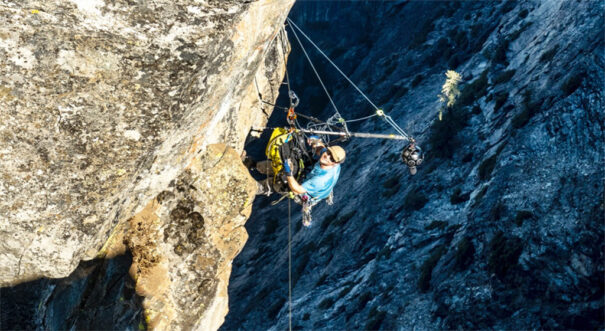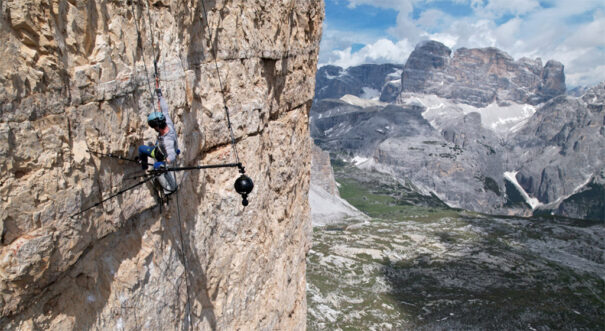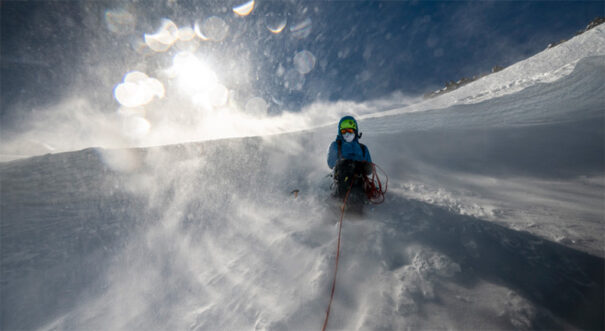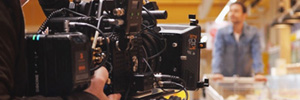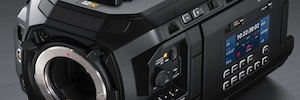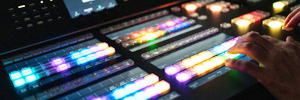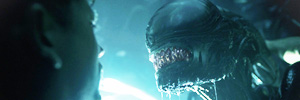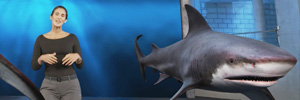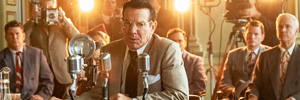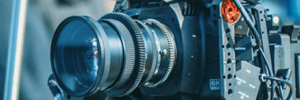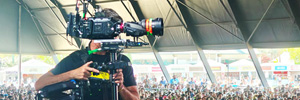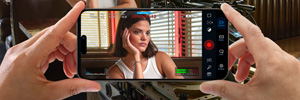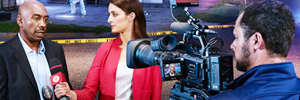The virtual reality film ‘Alex Honnold: The Soloist VR’, postproduced with DaVinci Resolve and Fusion Studio
Blackmagic Design’s DaVinci Resolve and Fusion Studio were the two key post production software packages for Alex Honnold: The Soloist VR, a virtual reality experience.
The two-part virtual reality film Alex Honnold: The Soloist VR was released on 3 March and tells the story of the Californian during solo climbs on two continents, documenting experiences in some of the most remote and wildest places on the planet. The feature film, from Jonathan Griffith Productions, is available on the Oculus TV app for the Meta Quest virtual reality goggles.
After his successful feature film Everest VR, Griffith felt that the next step might be to make a solo climbing piece. Once he had convinced Honnold, he began the technical planning without any preference for how to capture the adventure as realistically as possible without having to use too much equipment or too many devices. Griffith himself recounts: “We need to shoot a 360 degree panorama around our subject, so we have to get the camera out from the cliff as far as we possibly can. Our type of production doesn’t have huge rigging systems; it’s just me with what I can carry. I have to climb these mountains as well, and I have to put the rigging system together myself. It’s very challenging.”
Griffith used a virtual reality camera with eight lenses designed to capture a 360-degree view, which generated eight clips at a resolution of 3840 x 2880. These angles were then stitched together to create a fully stereoscopic 360-degree image.
Post-producing a VR piece
Editor Matt DeJohn used DaVinci Resolve Studio to assemble Alex Honnold: The Soloist VR. Using the Magia nera software’s features, he created a timeline in 7680 x 7680 resolution, with the added complexity of left and right eyes in portrait and landscape orientation. Once everything was set up, including the spatial audio sync and microphone tracks, he began the editing process.
A key to the success of the format, according to DeJohn, was having the ability to access Fusion from within DaVinci Resolve Studio’s Edit module: “Orientation is very important in VR, and often needs to be adjusted on a per shot basis. The main goal is to put the subject of the shot in front of where the viewer is likely to be looking. For instance, in shot A, if a character walks from in front of the viewer to 90 degrees on the right, shot B’s subject should be positioned at that same point, 90 degrees off center, on the right as well. This orientation adjustment was handled using a Fusion FX template I created that I could access from Resolve’s edit page. This template worked like a custom made plugin.”
For DeJohn, the flexibility of DaVinci Resolve Studio made the complex workflow much simpler: “Working only in Resolve for most of post was ideal because it minimized the number of hand offs. Resolve has a huge amount of capability across disciplines: editing, compositing, visual effects, color grading and sound. I could make editorial adjustments even while the grade was happening. I would never be able to do that using an older style editing solution. I was still tweaking cuts, adjusting visual effects, making VR changes, and working on stereoscopic conversion while other artists were working on other areas, and none of us ever had to leave the same timeline.”
Delving into Fusion Studio
Fusion Studio was the cog in the wheel that facilitated the complex process of stitching together the images from the eight cameras. James Donald e Keith Kolod, visual effects artists specialising in virtual reality post-production, processed the base and then exported the elements to Fusion Studio to polish the footage and work it into stereoscopic format. “First, I went through and fixed any stereo vertical misalignments and stereo depth issues using grid warps and Fusion’s disparity stereo alignment tools,” recalls Kolod.
Donald also values Fusion Studio’s stereoscopic functionality: “Fusion’s stereo aware tools, in combination with its VR tools, offered a powerful set of features out of the box that were more stable and reliable than other packages, not to mention great value for price for individual artists. In particular I relied heavily on the Oculus VR headset integration for real time previews when manipulating splines and masks in stereo, as well as finessing stereo alignments and paint work.”
Blackmagic Design’s tool was also key to removing elements that could spoil the viewer’s viewing experience: “I painted out tripod rigging and wires with the paint node and then converted that work from one eye into the other to match the natural stereo in the area. Then I ramped down any extreme stereo depth in the Nadir or Zenith pole areas, which can put major strain on the viewers eyes in headsets. After that, I did more traditional rotoscope and clean plate cleanup work around any subjects that still crossed through the 360 cameras seams,” said Kolod.
Ti è piaciuto questo articolo?
Iscriviti al nostro Nutrire e non ti perderai nulla.



